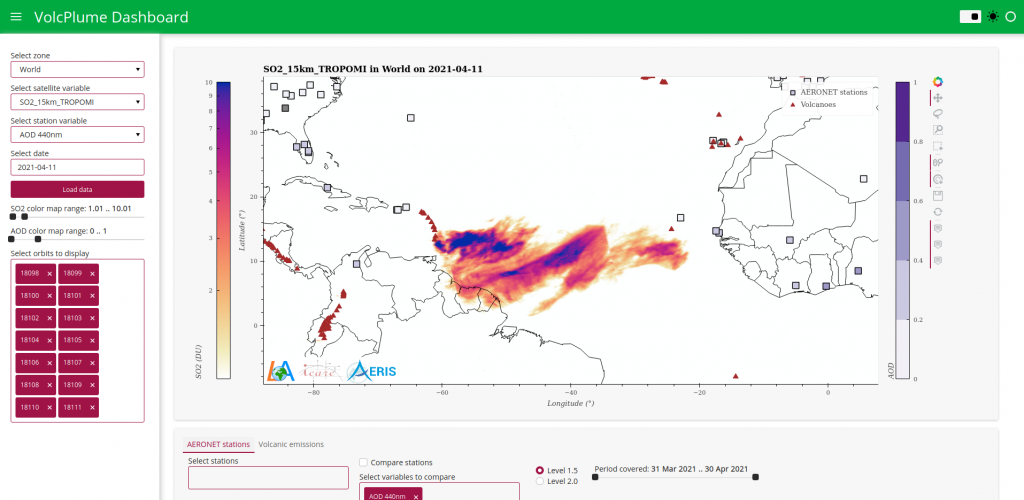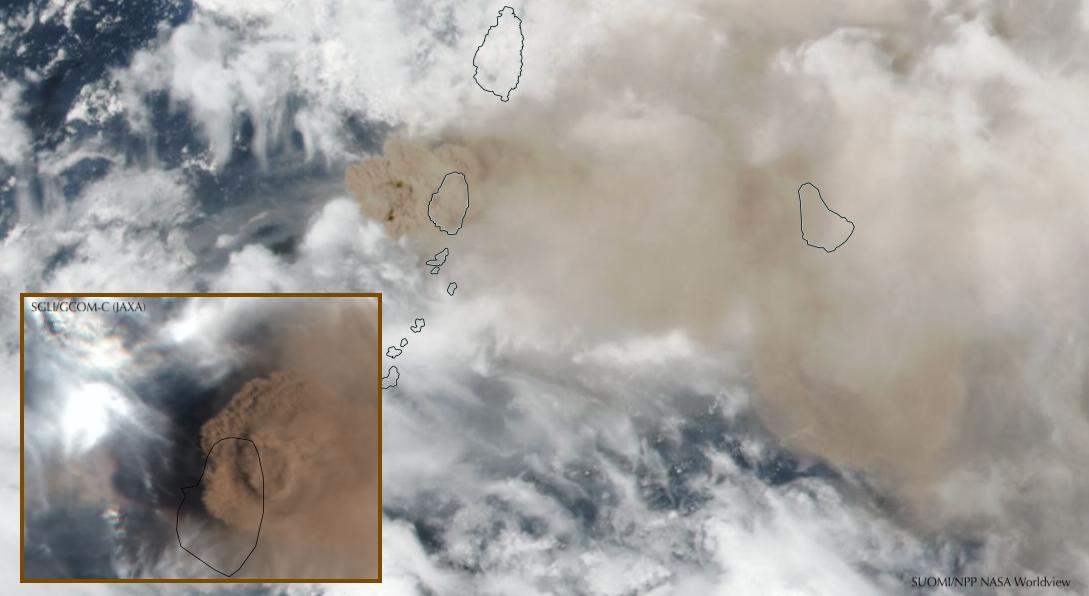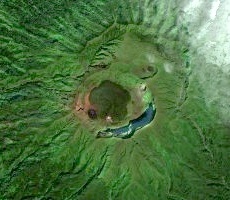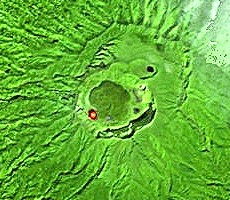Eruption of La Soufrière volcano in Saint-Vincent April 9, 2021
La Soufrière volcano in Saint-Vincent Island in the Antilles erupted April 9, 2021 at 12:45 UTC. That violent explosive eruption produced a huge ash plume that rose up to 19 km altitude. Thick ash fallout covered some areas of the island, forcing thousands of people to evacuate. The volcano kept discharging ash ininterruptedly until April 12. The ash plume was transported over the Atlantic ocean and reached the coasts of Africa on April 12 around 14:00 UTC.
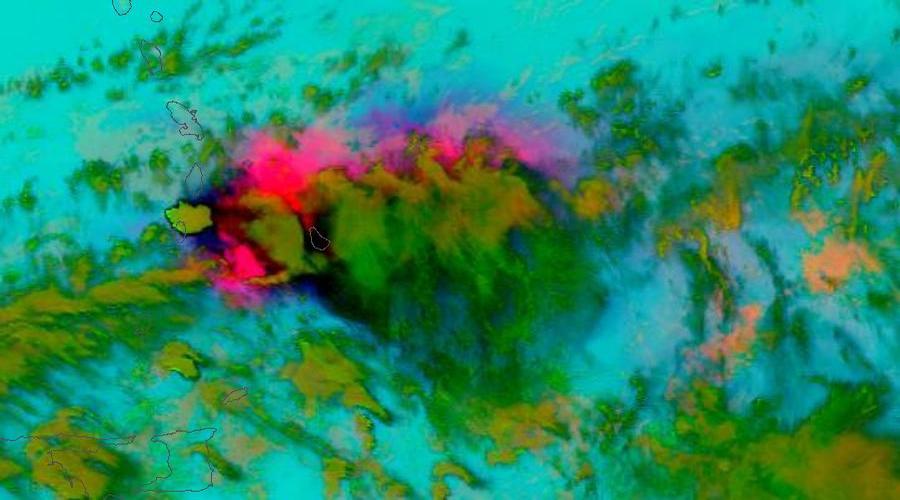
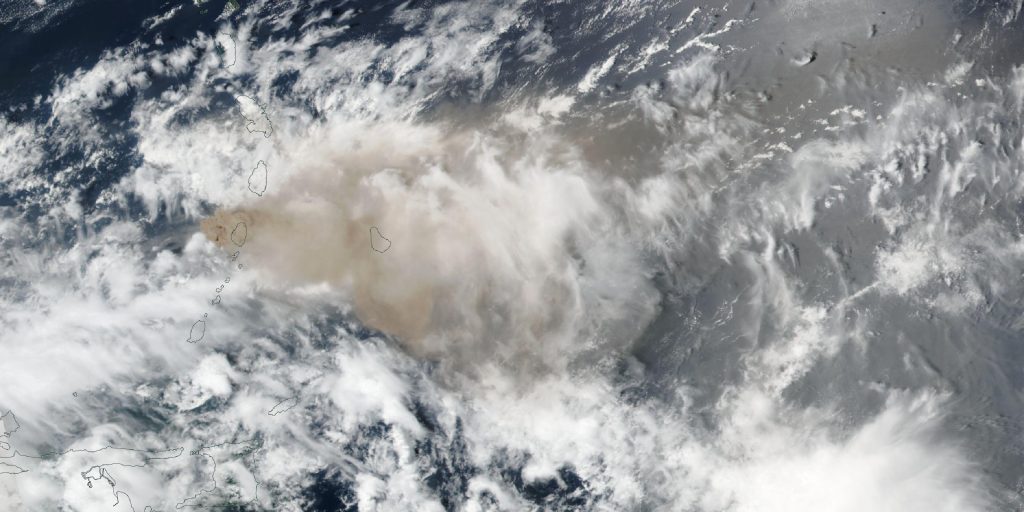
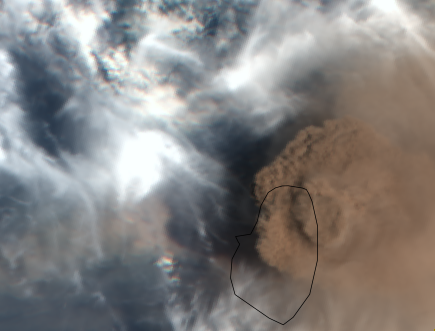
The SGLI instrument (JAXA) also offers an interesting view of the eruption plume (above on the 10th April). Below is another set of observations from SGLI/GCOM-C on the 11th of April. Thanks to observations performed under two different viewing geometries for the 865 nm channel (orange and blue images on panel bottom) it is possible to obtain a stereoscopic view of the scene. Images are corrected from parallax effect assuming varying scene altitude and parts of the orange and blue images come in coincidence when the assumed altitude corresponds to the actual scene level. These observations have been used to confirm early that the plume reached very high altitude during the first two days, up to 19-20 km, injecting ash in the lower stratosphere.
As dramatically reminded by the recent eruption in St Vincent island (Lesser Antilles), global monitoring of volcanic activity is crucial to inform about local and distant hazards An interdisciplinary approach is required for the analysis of diverse data stemming from ground-based, airborne and spaceborne sensors as well as model simulations. Through the VOLCPLUME dashboard (under development, see illustration below), AERIS/ICARE helps the scientific community to access and jointly analyse those data so as to follow the 3D evolution of volcanic plumes and their impact on the atmosphere at various spatial and temporal scales. The VOLCPLUME platform also focuses specifically on emissions from target volcanic regions (Lesser Antilles, Iceland, Italy) that host french volcanoes or volcanoes whose eruptions could impact the French/European atmosphere. Hence, the platform is of benefit for both the Atmospheric Science and Solid Earth/Volcanology communities.
